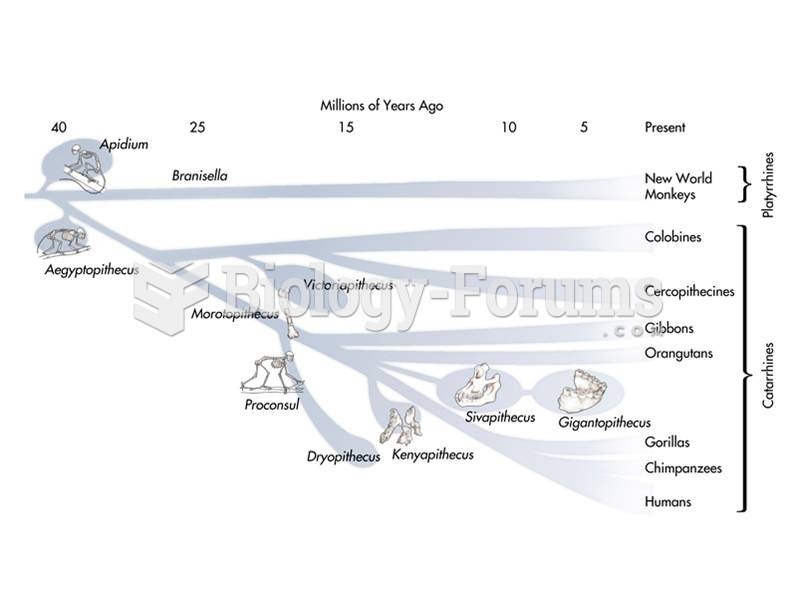Answer to Question 1
Kahl and Gilbert base their model on one's access to power, property, prestige, and education. At the top of the class ladder is the capitalist class. Members of this class comprise one percent of the population, attend prestigious universities, and include investors, heirs, and some top executives earning 1,000,000 or more. The upper middle class are usually college educated and possess advanced degrees. They work as professionals and upper class managers, earning 125,000 or more a year and comprise 15 percent of the population. The lower middle class includes high school graduates and college graduates who work in semi-professional, lower managerial, and craft positions. They comprise 34 percent of the population and earn about 60,000 a year. Those in the working class are high school graduates employed as factory and clerical workers, low paying retail sales, and crafts earning about 35,000 a year comprising about 30 percent of the population. The working poor are high school graduates with attendance certificates and high school dropouts. They are laborers, service workers, and low-paid sales people, making about 17,000 a year comprising 16 percent of the population. Those in the underclass have similar education achievement as the working poor but are unemployed, are part-time employees, or are on welfare. They earn less than 10,000 a year and comprise four percent of the population.
Answer to Question 2
Wright concluded that not everyone could be easily placed into the worker-capitalist categories that Marx defined. Rather, some people fell into what Wright termed as contradictory class locations because they were simultaneously members of more than one class. Their resulting position could generate contradictory interests. Because of contradictory class locations, Wright modified Marx's model and identified four classes:
(1 ) capitalists, owners who employ many workers;
(2 ) petty bourgeoisie, owners of small businesses;
(3 ) managers who sell their labor but also exercise authority over others; and,
(4 ) workers who simply sell their labor to others.







